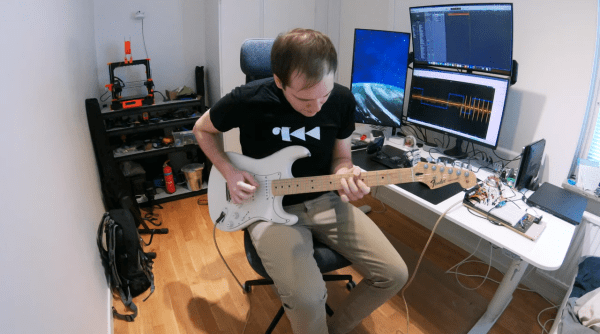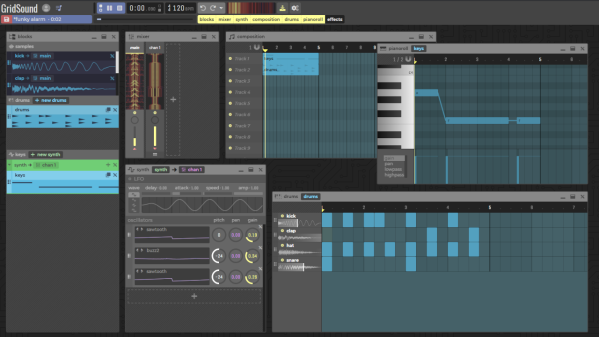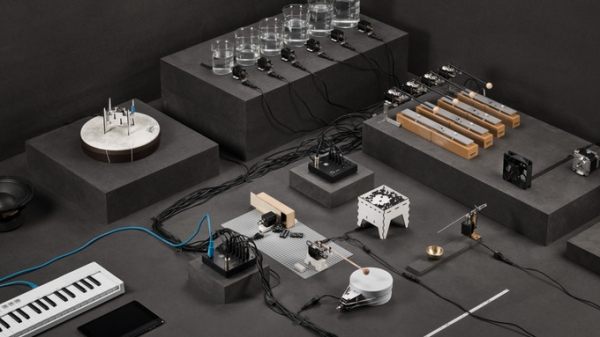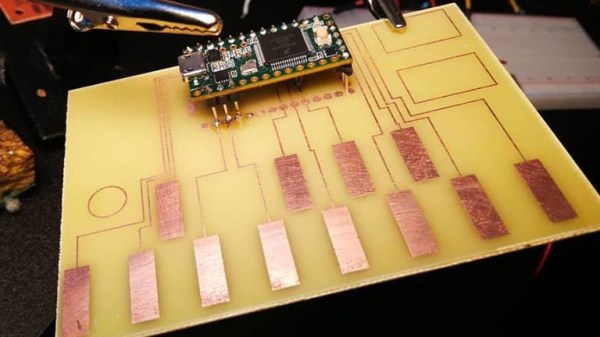As any Linux chat room or forum will tell you, the most powerful tool to any Linux user is a terminal emulator. Just about every program under the sun has a command line alternative, be it CAD, note taking, or web browsing. Likewise, the digital audio workstation (DAW) is the single most important tool to anyone making music. Therefore, [unspeaker] decided the two should, at last, be combined with a terminal based DAW called Tek.
Tek functions similarly to other DAWs, albeit with keyboard only input. For anyone used to working in Vim or Emacs (we ask you keep the inevitable text editor comment war civil), Tek will be very intuitive. Currently, the feature set is fairly spartan, but plans exist to add keybinds for save/load, help, and more. The program features several modes including a multi-track sequencer/sampler called the “arranger.” Each track in the arranger is color coded with a gradient of colors generated randomly at start for a fresh look every time.
Modern audio workflows often span across numerous programs, and Tek was built with this in mind. It can take MIDI input and output from the JACK Audio Connection Kit, and plans also exist to create a plugin server so Tek could be used with other DAWs like Ardor or Zrythm. Moreover, being a terminal program opens possibilities for complicated shell scripting and other such Linux-fu.
Maybe a terminal DAW is not your thing, so make sure to check out this physical one instead!


















